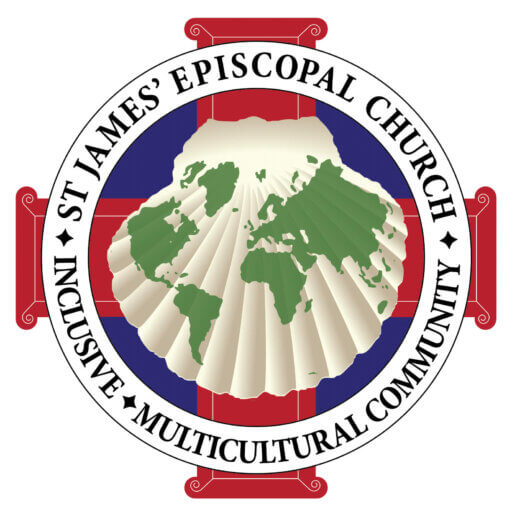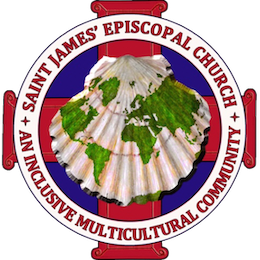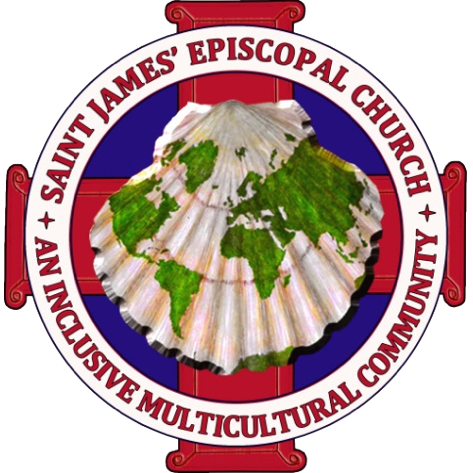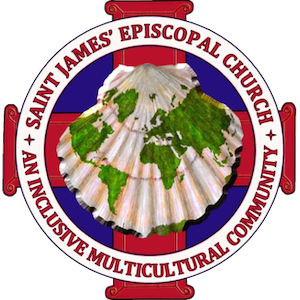THE CONCEPTION OF THE BLESSED VIRGIN MARY, a Nicaraguan celebration
To be celebrated on Sunday, December 17, 12-1 pm
St. James’ Founders Hall
During Advent, we wait with Mary for the birth of her son. We share her anticipation and honor her as Christ’s mother. The traditional western liturgical calendar celebrates December 8 at the feast of the Conception of the Blessed Virgin Mary, and she is – along with John the Baptist – a towering theological figure in the season of Advent. There are many traditions and legends surrounding Mary. One with both Anglican and Roman Catholic roots is the story behind The Shrine of Our Lady of Walsingham, founded in the 11th century in rural England, in which Mary visits a Saxon noblewoman in a vision and requests a replica of Jesus’ home in Nazareth be built in Walsingham. A popular destination for pilgrims, it is believed that water from the Holy Well at the Shrine has healing properties. Whatever the tradition, Mary represents courage, expectation, humbleness, and joy.
“And Mary said, ‘My soul magnifies the Lord, and my spirit rejoices in God my Savior, for he has looked with favour on the lowliness of his servant.” ~ Luke 1:46-48a
O God, you have taken to yourself the blessed Virgin Mary, mother of your incarnate Son: Grant that we, who have been redeemed by his blood, may share with her the glory of your eternal kingdom; through Jesus Christ our Lord, who lives and reigns with you, in the unity of the Holy Spirit, one God, now and for ever. Amen.
The Conception of the Virgin Mary in Nicaragua is part of the Novena, a nine-day devotion leading up to the celebration of the Conception of the Virgin Mary on December the 8th.
La Purísima Conception (the Purest Conception) is the name used in Nicaragua to refer to the Virgin Mary herself as well as the festival that honors her.
However, in Nicaragua there is often a “party element” to most events and “La Purísima” is no exception with the “Gritería” being the highlight of the novena for the young and the young at heart.
“La Gritería”
La Gritería (an expression best translated into English as “the shouting” or “the screaming”) is a large community event held the night before the big day when family, friends and visitors come together under the theme of “Joy in the community”. They join in to share the expenses of being a host and to continue a tradition that has deep roots in the culture of Nicaragua.
In the early evening on the 7th of December, excited children gather with the adults before going out around the streets of the neighborhood in search of the houses that are acting as hosts. They will be carrying a plastic pail ready to receive traditional gifts of fruit, home-made candies, chunks of sugar cane and hand crafted local trinkets. Some of the tradition has been replaced by small mass produced and imported plastic toys. Either way, the recipients will be hoping to fill their special Purísima pail to the brim.
As the crowd moves around town going host to host, the shouting will be heard between songs being sung to María.
Someone will shout “Who causes so much joy? and the assembled crowd will answer in unison; “The Concepción of Mary”. (¿Quién causa tanta alegría? Y contestan: la Concepción de María). Oh, and Fireworks, lots and lots of Fireworks!
Then, at 6PM sharp, thousands of Nicaraguans go to the streets to ‘shout’ to the virgin (the word gritería could be translated as ‘shouting’), which means visiting each altar and singing to the virgin Maria. This is basically how it is done: people hang around in groups, stop at an altar, intone traditional songs (the same as in ‘La Purísima’), house owners give fruits, candies, toys, instruments to make noise, natural drinks, and other type of gifts; finally, they move on to another altar. House owners who have placed altars wait until another group comes to sing. This is how ‘La Gritería’ is celebrated, lasting until the house owners have no more gifts to give away or until streets have no more singers.
Not only Catholics and religious people participate in this tradition. It is interesting to hear how people who do not know the songs’ lyrics make up the whole song or just sing the end of each phrase. This is a good opportunity for poor people to collect items, and it is interesting to see how people from different social classes participate in ‘La Gritería’.




